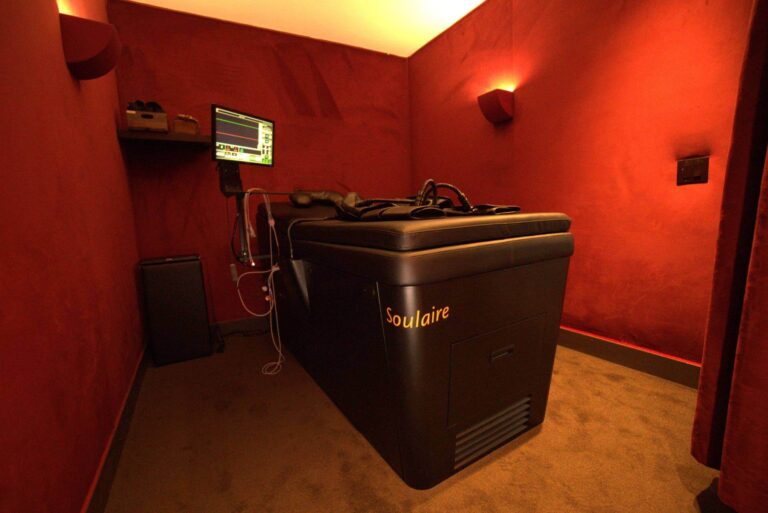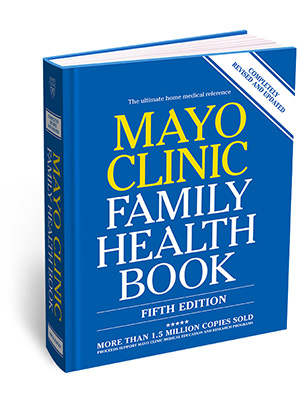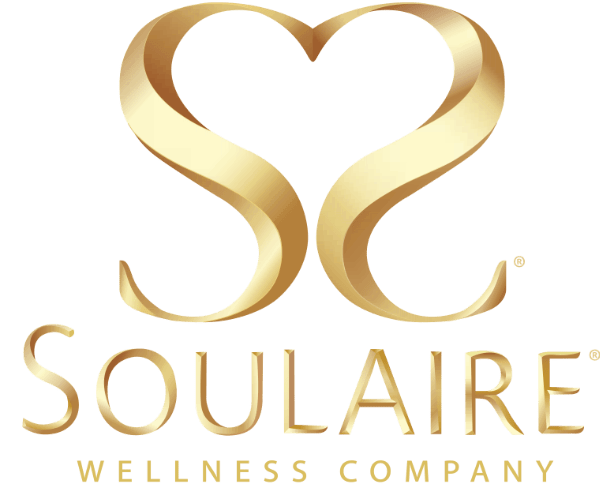
ATHEROSCLEROSIS AND ARTERIOSCLEROSIS
Do Atherosclerosis And Arteriosclerosis Mean The Same?
In the world of the cardiovascular system, a variety of terms are used to define similar things. When it comes to arteriosclerosis and atherosclerosis, there is confusion around these terms that sometimes mean the same thing. When it comes to arteriosclerosis and atherosclerosis, there is confusion around these terms that sometimes mean the same thing.
In scientific circles, there is a difference between the two:
Arteriosclerosis is the medical term used to describe hardening of the arteries. When lack of oxygen and nutrients in the blood flowing from the heart via arteries connecting to the entire body become less elastic, this causes the arteries to also thicken and become stiffer. When this occurs, circulation of the blood is negatively affected. Inside the arteries, the walls become thicker, stiffer and eventually harden.
On the other hand, Atherosclerosis relates directly to arteriosclerosis as a type of arterial disease. When you have atherosclerosis the inside of the arterial walls become laden with fat buildup. High cholesterol contributes to increased levels of plaque in the arterial walls. When plaque increases, the pathway for blood flow narrows, essentially creating blockages in the arteries, is the buildup of fats, cholesterol and other substances in and on the artery walls. If plaque buildup causes an obstruction, coronary artery disease occurs. If the plaque bursts, an artery may be hindered by a blood clot.
Why Doctors Tell You To Reduce Cholesterol and Other Risk Factors
At an early age, teenagers often hear about eating too much junk food high in saturated fats, sodium and sugars. Processed foods contribute nothing good to a nutritional diet, and over time, such foods cause risk factors for cardiovascular disease and atherosclerosis.
With a diet low in saturated fats, you contribute to a healthier lifestyle with little plaque buildup that may also contribute to blockages in the arterial walls. High sodium intake causes the heart to pump harder to cleanse and thus increases blood pressure. A healthy blood pressure helps the heart work normally with less exertion. When you add a diet high in fats, salts and processed foods, the heart suffers and you are at greater risk for long-term cardiovascular disease.
Reversing Atherosclerosis
Imagine the first 40 years of your life. You enjoyed sleeping, exercised little, ate whatever foods you wanted in high quantities, began to gain weight, smoked for 20 years, and also enjoyed alcohol moderately. Your coffee always needed cream and sugar. Sleep, stamina and endurance always became issues.
At 40-years-old this type of lifestyle should be a huge warning sign. Aches and pains, shortness of breath, trouble sleeping, obesity, inability to walk without pain in the legs are early symptoms. On the inside of the body, blood sugar numbers began to increase, blood pressure and resting pulse were high, and cholesterol numbers were increasing monthly.
Basically, this type of person with a poor lifestyle was heading to cardiovascular disease and long-term atherosclerosis.
Reversing atherosclerosis can happen!
EECP Helps Reverse Atherosclerosis

In Santa Monica at Soulaire Wellness Center, a non-surgical cardiovascular therapy helps people suffering from angina pectoris, cardiovascular disease, diabetes, and metabolic syndrome.
EECP (Enhanced External Counterpulsation) is circulation therapy. When you lie on a comfortable EECP bed manufactured by Soulaire, wraps like those used to measure blood pressure wrap around the calves, thighs and lower buttocks. You’re hooked to an EKG and when the heart pumps the cuffs deflate. When the heart rests, the pumps inflate rapidly in sequence. The cuffs around your calves inflate first followed by the thighs and lower buttocks.
This mechanism of inflation and deflation of the cuffs mirrors a heart’s pumping mechanism. Essentially, two hearts are beating during the EECP session. You, on the other hand, are doing nothing but lying there. At the same time you’re receiving passive exercise, the body is healing. Blood is circulating vigorously throughout the arteries and your heart is working less (because it is being assisted by a “second heart.”)
When lifestyle is adjusted to healthier choices: more exercise, fewer fatty foods, no smoking, less alcohol, no caffeine, less sodium, and little sugar, you can begin to reverse atherosclerosis. What’s more, EECP circulation therapy assists the body in making that happen.
Although atherosclerosis is often considered a heart problem, it can affect arteries anywhere in the body. Atherosclerosis can be treated. Healthy lifestyle habits can help prevent atherosclerosis.
Products & Services

Symptoms
Mild atherosclerosis usually doesn’t have any symptoms.
Atherosclerosis symptoms usually don’t happen until an artery is so narrowed or clogged that it can’t supply enough blood to organs and tissues. Sometimes a blood clot completely blocks blood flow. The clot may break apart and can trigger a heart attack or stroke.
Symptoms of moderate to severe atherosclerosis depend on which arteries are affected. For example:
- If you have atherosclerosis in your heart arteries, you may have chest pain or pressure (angina).
- If you have atherosclerosis in the arteries leading to your brain, you may have sudden numbness or weakness in your arms or legs, difficulty speaking or slurred speech, temporary loss of vision in one eye, or drooping muscles in your face. These signal a transient ischemic attack (TIA). Untreated, a TIA can lead to a stroke.
- If you have atherosclerosis in the arteries in your arms and legs, you may have symptoms of peripheral artery disease, such as leg pain when walking (claudication) or decreased blood pressure in an affected limb.
- If you have atherosclerosis in the arteries leading to your kidneys, you may develop high blood pressure or kidney failure.
When To See A Doctor
If you think you have atherosclerosis, talk to your health care provider. Also pay attention to early symptoms caused by a lack of blood flow, such as chest pain (angina), leg pain or numbness.
Early diagnosis and treatment can stop atherosclerosis from worsening and prevent a heart attack, stroke or another medical emergency.

